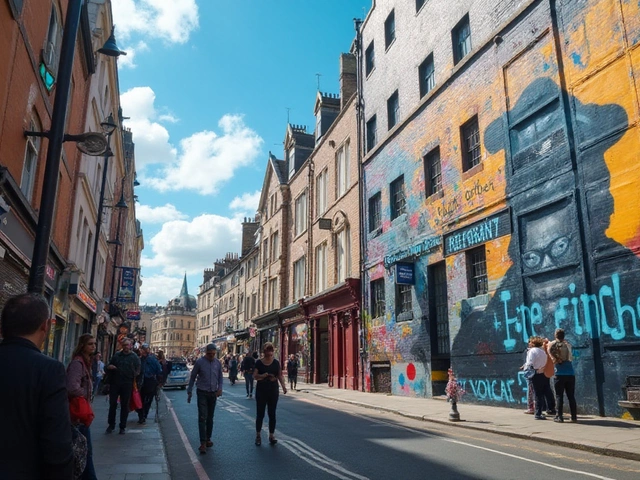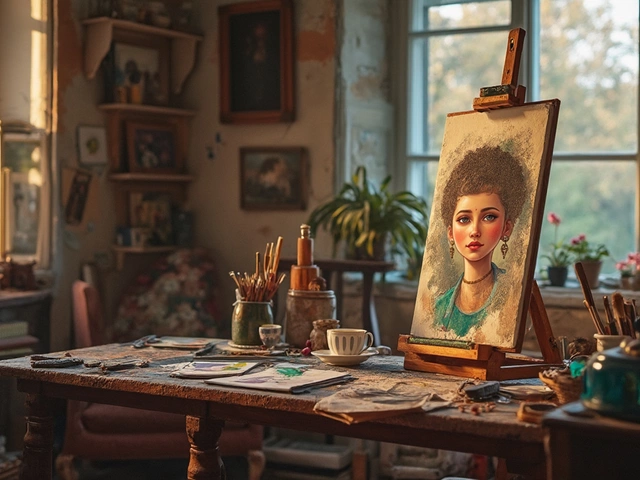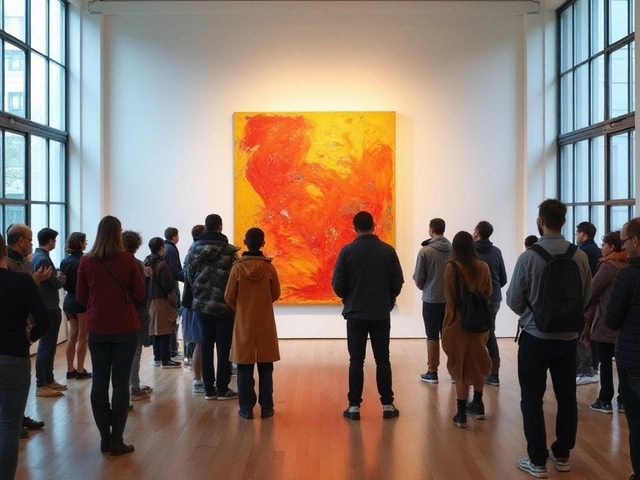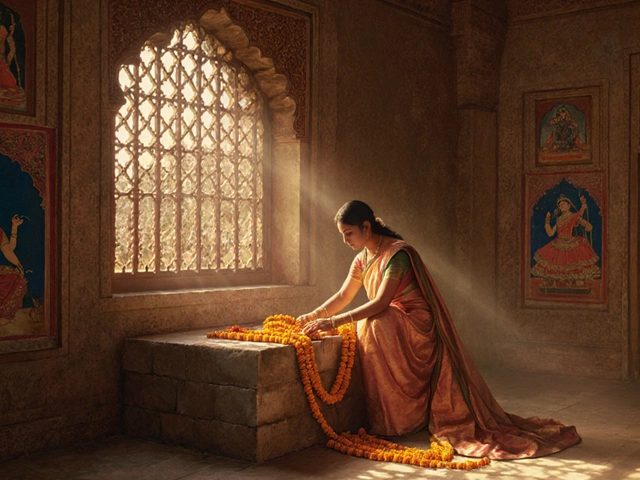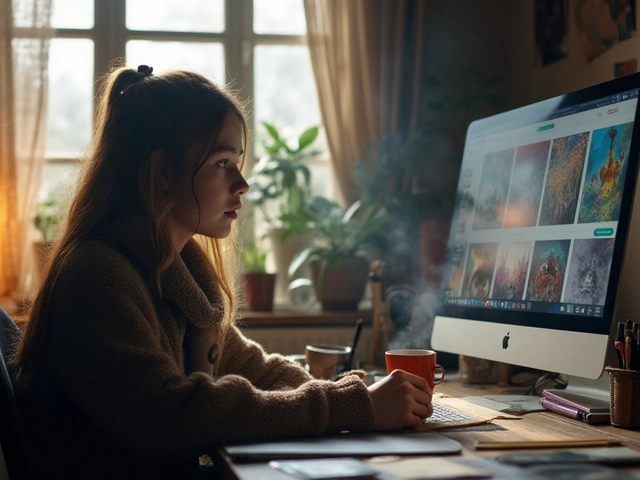Portrait Painting: What It Is and Why It Matters
When working with Portrait Painting, the art of creating a likeness of a person on a flat surface, often using oil, acrylic or watercolor. Also known as portraiture, it blends observation, technique and storytelling. Portrait Painter is the specialist who brings this to life, using skill in anatomy and light to capture character. Portraiture as a broader practice includes everything from formal commissions to quick sketch studies. Together, these concepts form a creative loop: a portrait painter creates portrait paintings, and portraiture defines the genre they work in.
One of the first things any beginner asks is how portrait painting differs from other figure work. The answer lies in focus: portrait painting zeroes in on the face and its subtle cues – a flicker of eye, the tilt of a head, the texture of skin. That focus demands mastery of several related skills. For example, understanding color mixing helps you render realistic skin tones, while knowledge of light sources lets you sculpt form with shadows and highlights. Composition plays a silent but critical role; the placement of the subject within the frame can convey intimacy, power, or mystery. Many portrait painters also blend traditional media with digital tools, especially when preparing sketches or experimenting with colour palettes before committing to canvas.
Historical context shows why portrait painting still feels fresh. In the Renaissance, portrait painters like Leonardo da Vinci used oil layers to achieve depth, a technique still taught in modern studios. Fast‑forward to today, and you’ll find portrait artists leveraging photography or even AI‑generated references to speed up their workflow. Regardless of the tool, the core attributes stay the same: a keen eye for proportion, patience for detail, and the ability to translate personality onto a two‑dimensional surface. Whether you’re painting a family member, a client, or an imagined character, the process shares three essential steps – sketching the basic shape, building up tonal values, and adding finishing touches that bring the portrait to life.
What You’ll Find Below
The articles in this collection cover every angle of portrait painting you might need. From a deep dive into the exact title of a portrait painter, to practical guides on mixing oil paints, to broader discussions on how portraiture fits into today’s art scene, you’ll get both theory and hands‑on tips. Scroll down to explore tools, techniques, and inspirations that will help you improve your own portrait work or simply appreciate the skill behind every painted face.
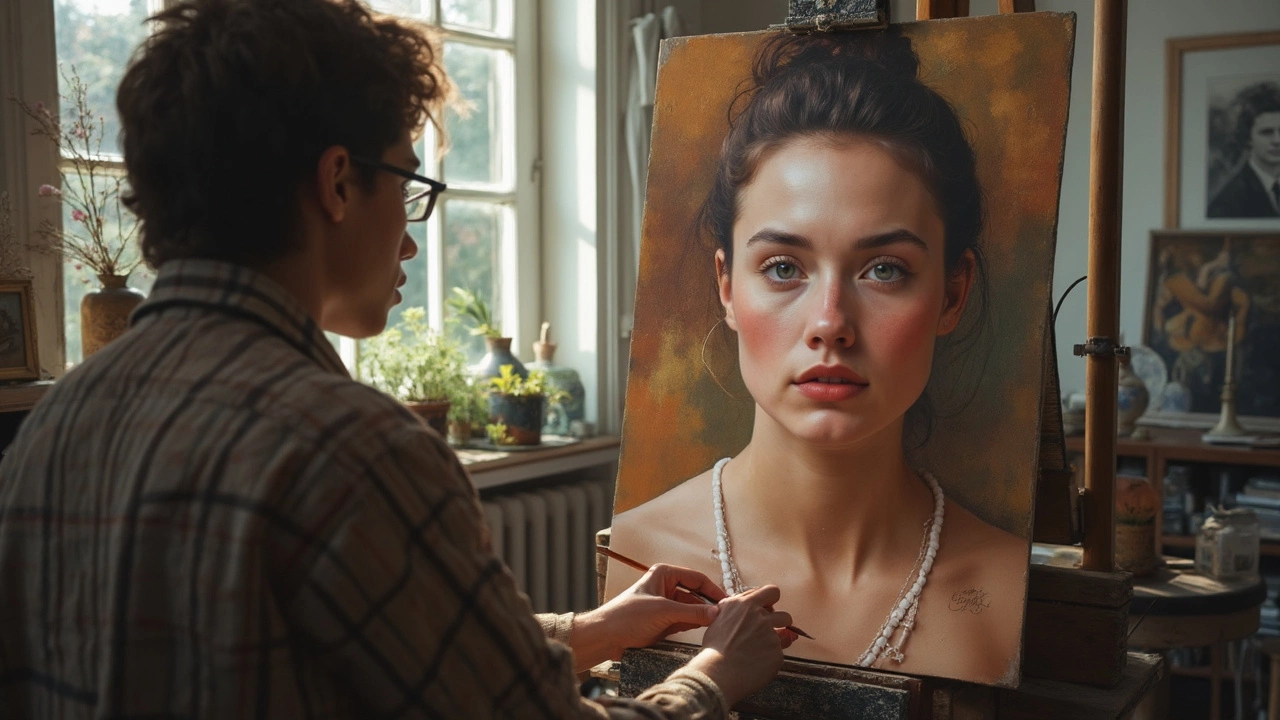
Explore the world's most realistic portrait artist and what makes hyperrealistic art so captivating. Dive into techniques, legends, curious facts, and what to look for in mind-blowing lifelike paintings.
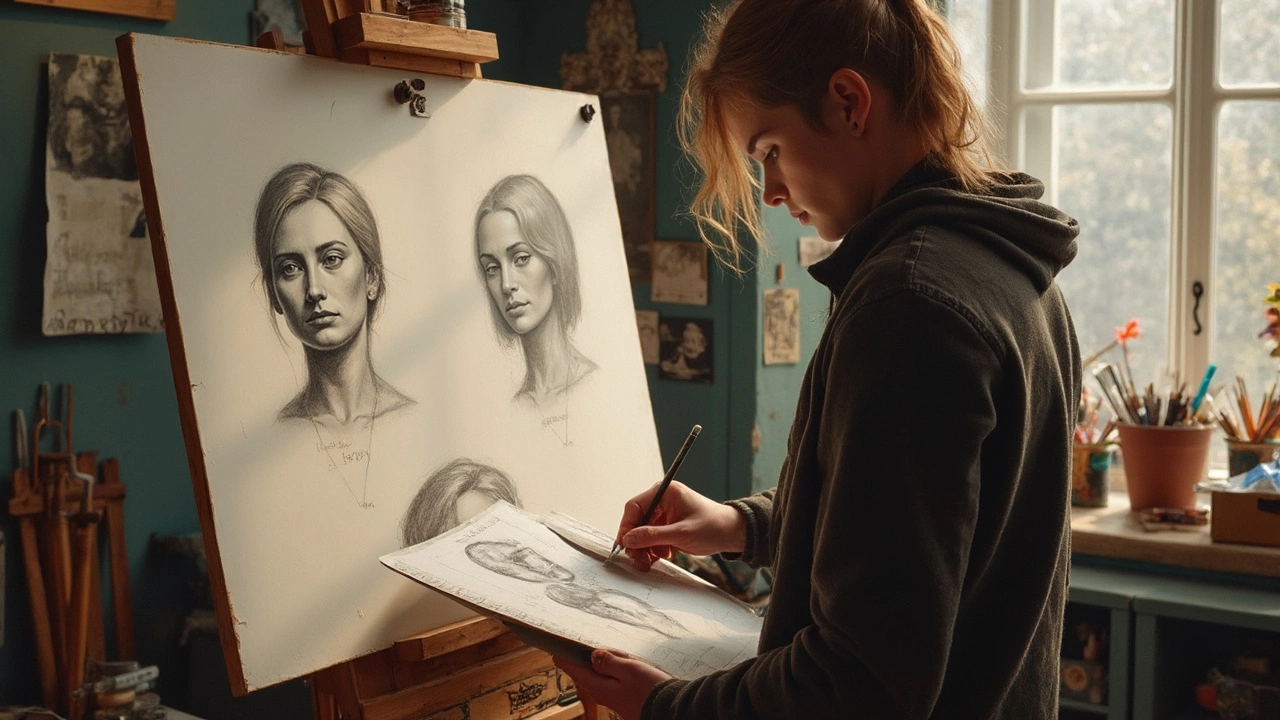
Figuring out the right size for the head in a portrait can trip up even experienced painters. This article breaks down standard proportions, real-world adjustments, and common beginner mistakes. You'll get practical tips, some surprising artist secrets, and easy tools to measure and tweak your portraits. By the end, you’ll know exactly how to judge and fix head size for any face you want to paint.
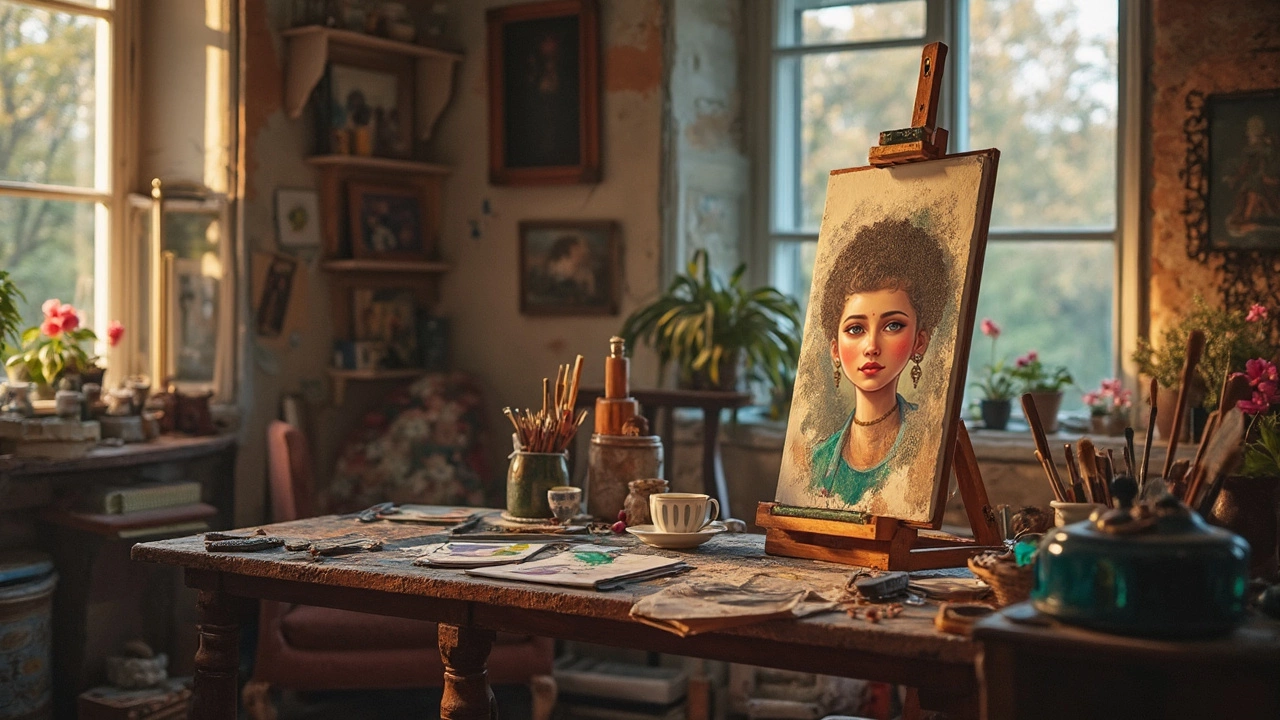
This article breaks down what separates an average portrait painting from a truly good one. Find out why it's not just about looking realistic, but also about capturing personality and emotion. Learn helpful tips on composition, color, and connecting with your subject. Perfect if you want to make your portraits stand out or just appreciate the art on a deeper level. You'll come away with ideas you can actually use.
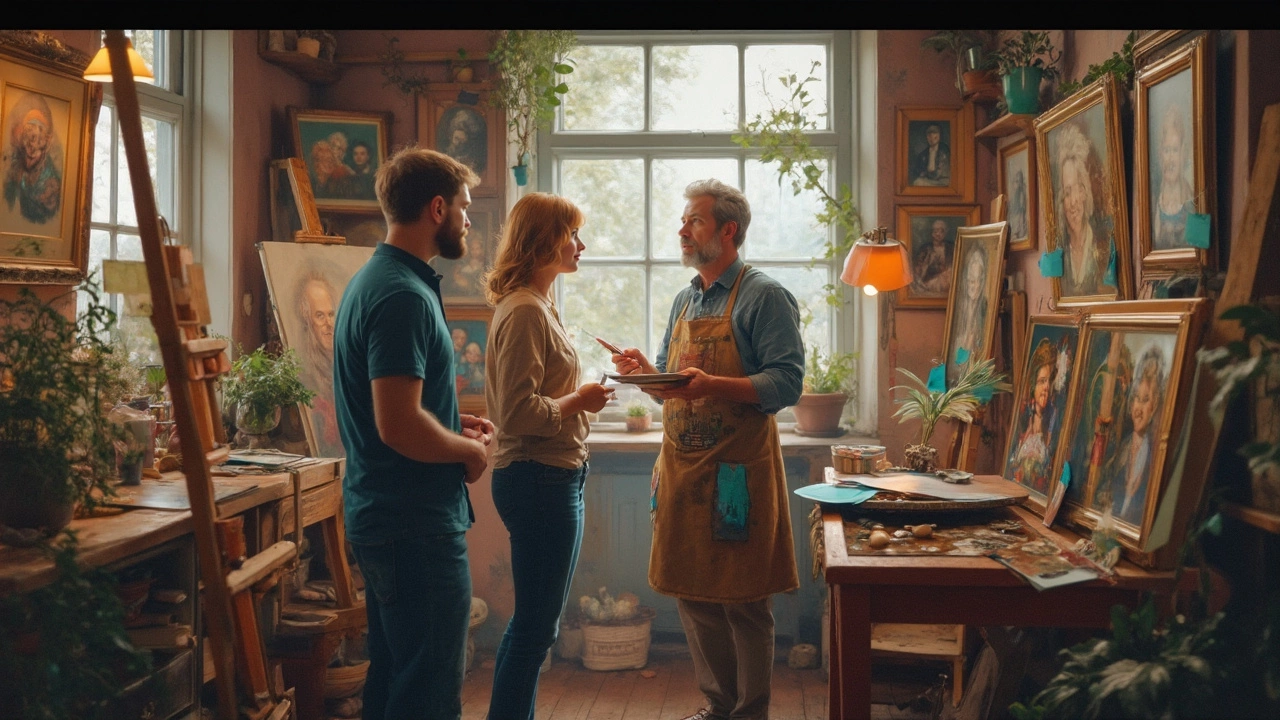
Wondering if you’re getting a fair price for a portrait painting? This article breaks down what really goes into the price, from the artist’s experience to canvas size and style. Get tips on how to compare offers and spot a bargain from a rip-off. You’ll learn how custom options affect the final cost and what to ask before you order. Whether this is your first commission or you’re looking for a family keepsake, you’ll know what to expect.
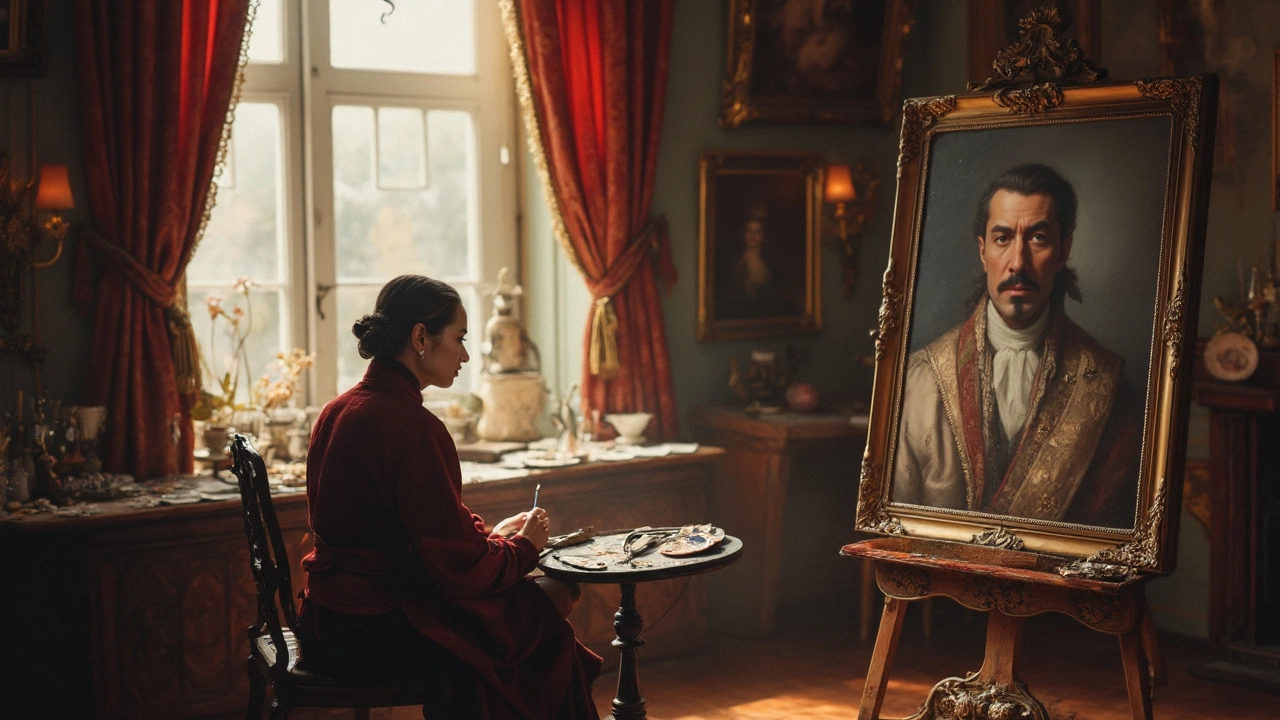
Portrait painting stands out as one of the most profitable forms of art to sell. Whether it’s capturing the likeness of loved ones or famous figures, portraits have a timeless appeal. They offer artists numerous ways to build a lucrative career by catering to personalized request and tapping into the high-demand art market. This article explores what makes portrait painting a profitable venture and provides tips for artists aiming to succeed.
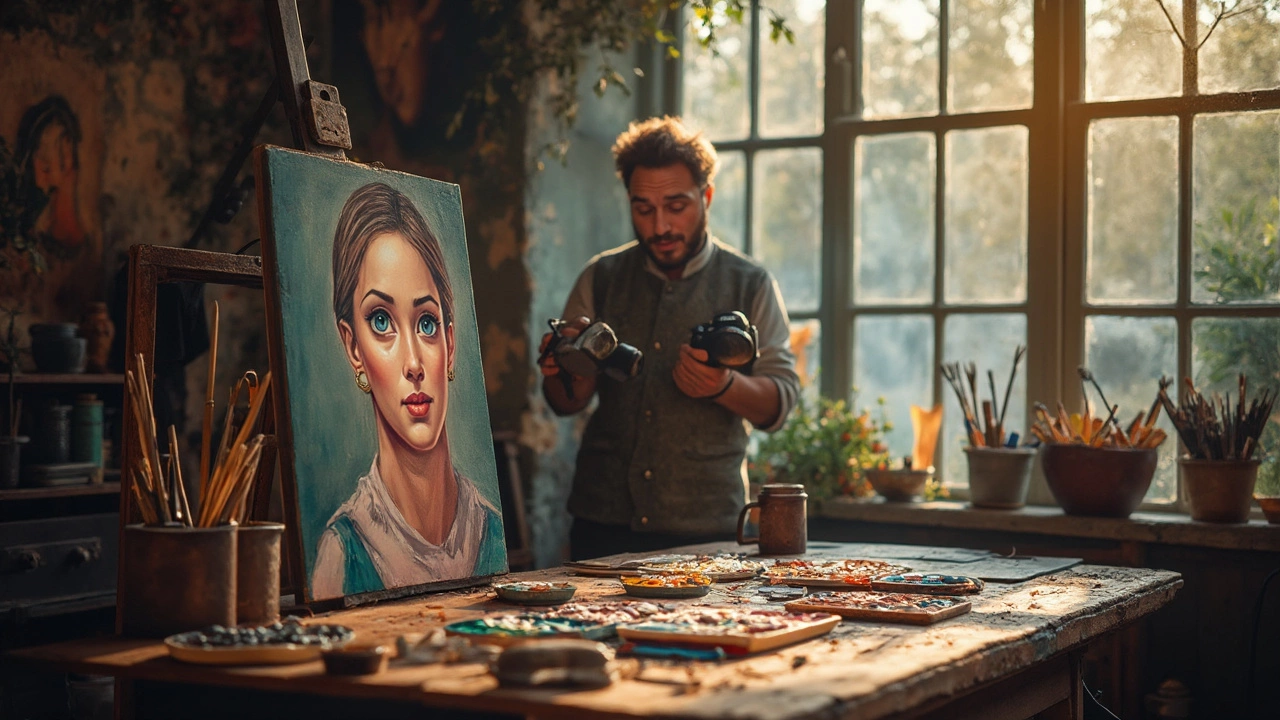
Creating a striking portrait involves more than just capturing a likeness. It's about adding those personal touches that bring the subject to life. From understanding lighting dynamics to mastering color contrasts, these factors play a crucial role. No need for fancy words; just practical advice to elevate your portrait game. Discover how small tweaks can make your art stand out.
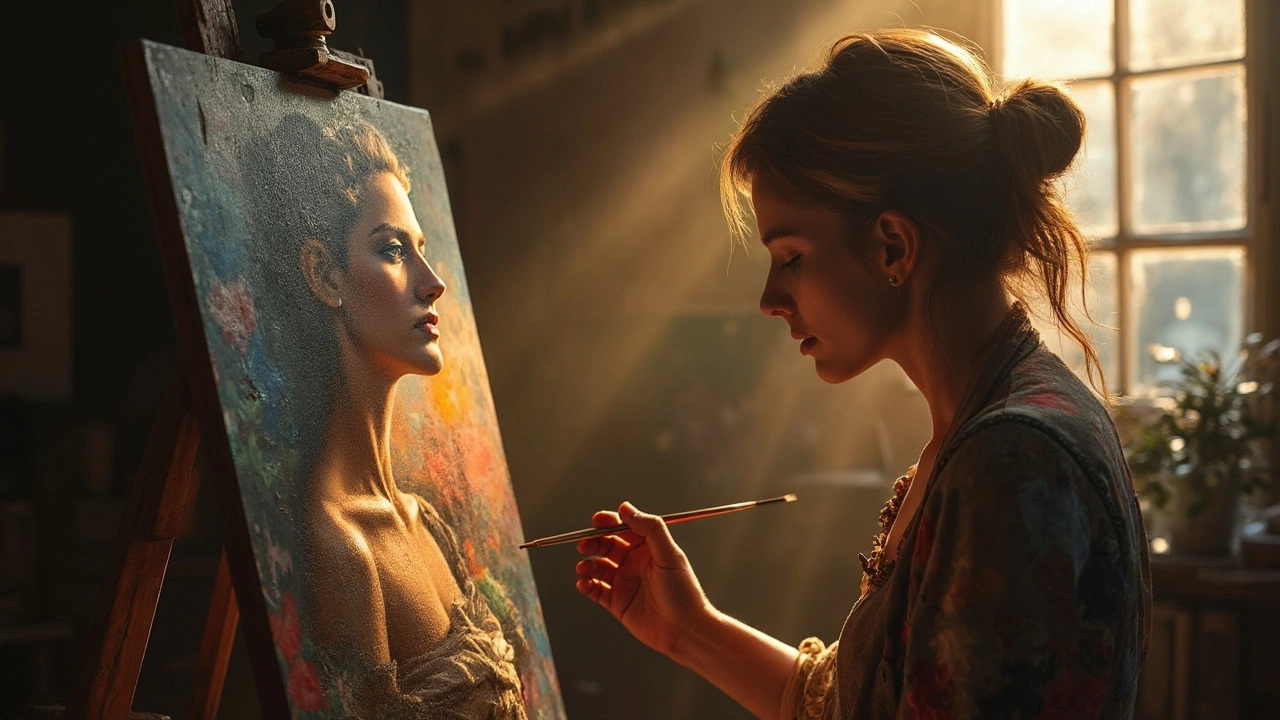
Discover the essential elements that make a portrait stand out: lighting, emotion, and composition. Learn how these factors contribute to capturing the essence of your subject. Follow practical tips and insights that will enhance your portrait painting skills. Understand the importance of genuine expression and thoughtful arrangement in creating memorable art. Dive into this guide to elevate your artistry with every stroke.
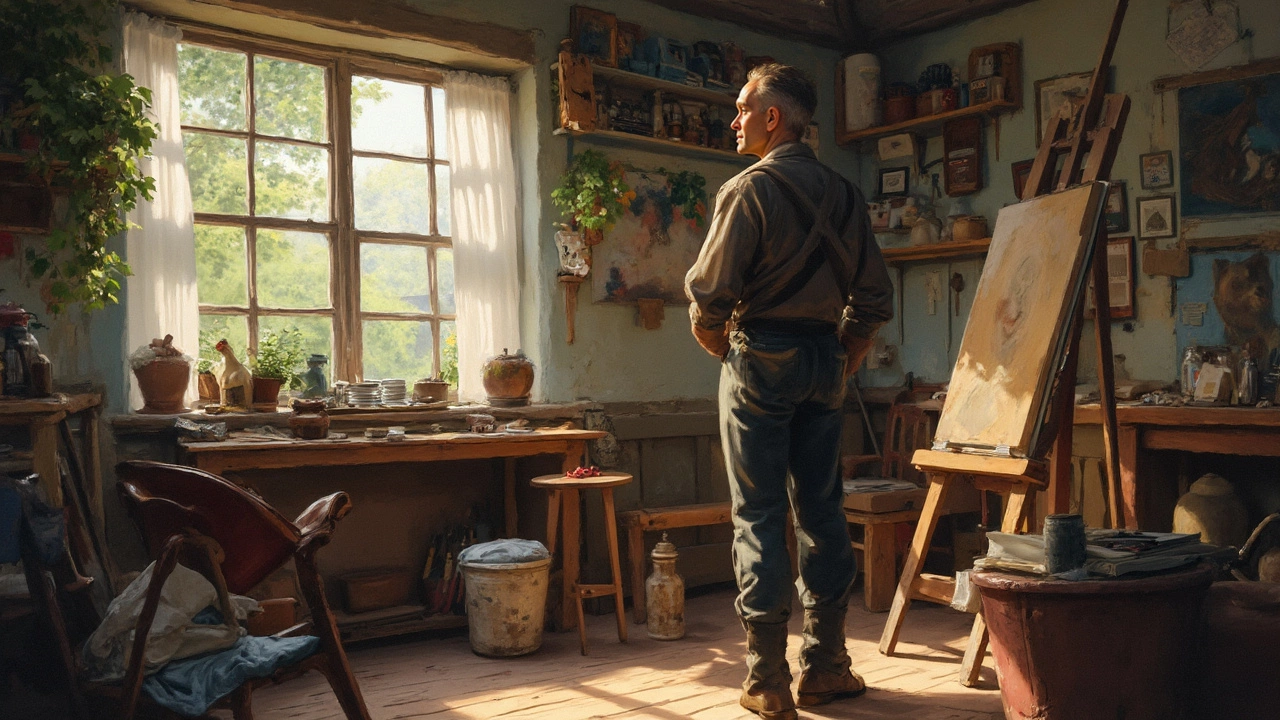
Pricing portrait paintings can be challenging, especially when balancing artistic value and real-world market demands. This article provides insights into evaluating your work's worth, considering factors like time, materials, and market trends. Learn how to research comparable prices and adjust for experience and demand to ensure your portraits are competitively priced. These tips will guide novice and seasoned artists alike in setting fair, rewarding prices for their art.
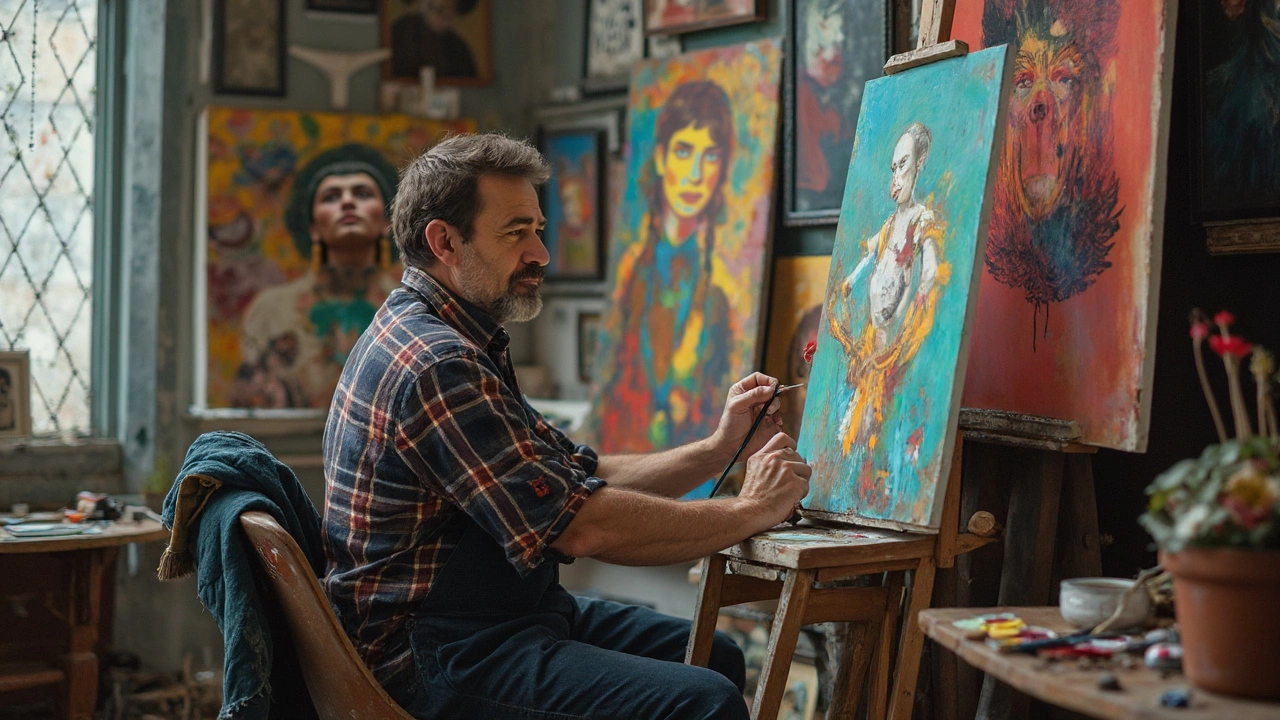
Portrait artists can indeed earn a living if they find the right audience and establish themselves in the market. Many factors affect their earnings, such as skill level, experience, and demand for their work. From commissions to prints, artists have multiple income streams. Understanding the art market and building a client base can significantly impact their financial success.
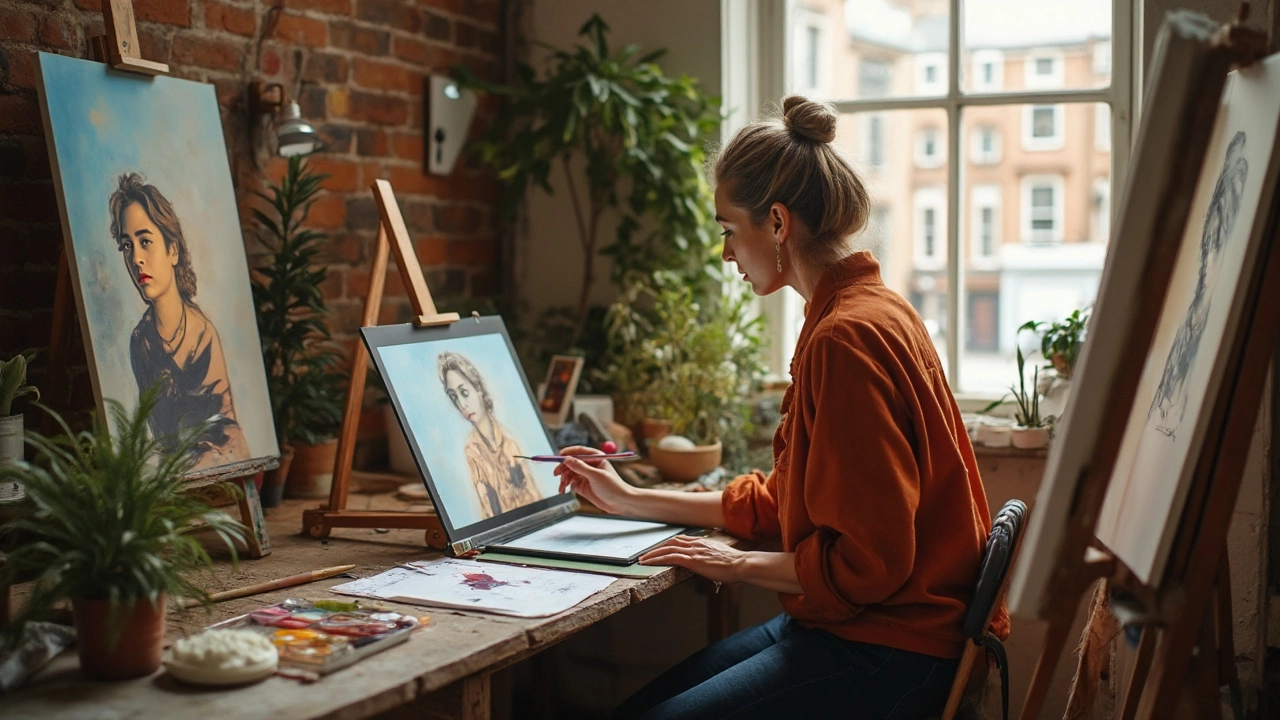
Portrait painting is an art form that evokes deep reflection on identity and expression, and yes, portrait painters still exist and thrive. They blend traditional techniques with modern technology, offering fresh perspectives in a digital world. This article explores the relevance of portraiture, delves into the lives of contemporary artists, and offers tips for connecting with your own inner artist. Get ready to discover how this timeless craft continues to captivate and inspire.
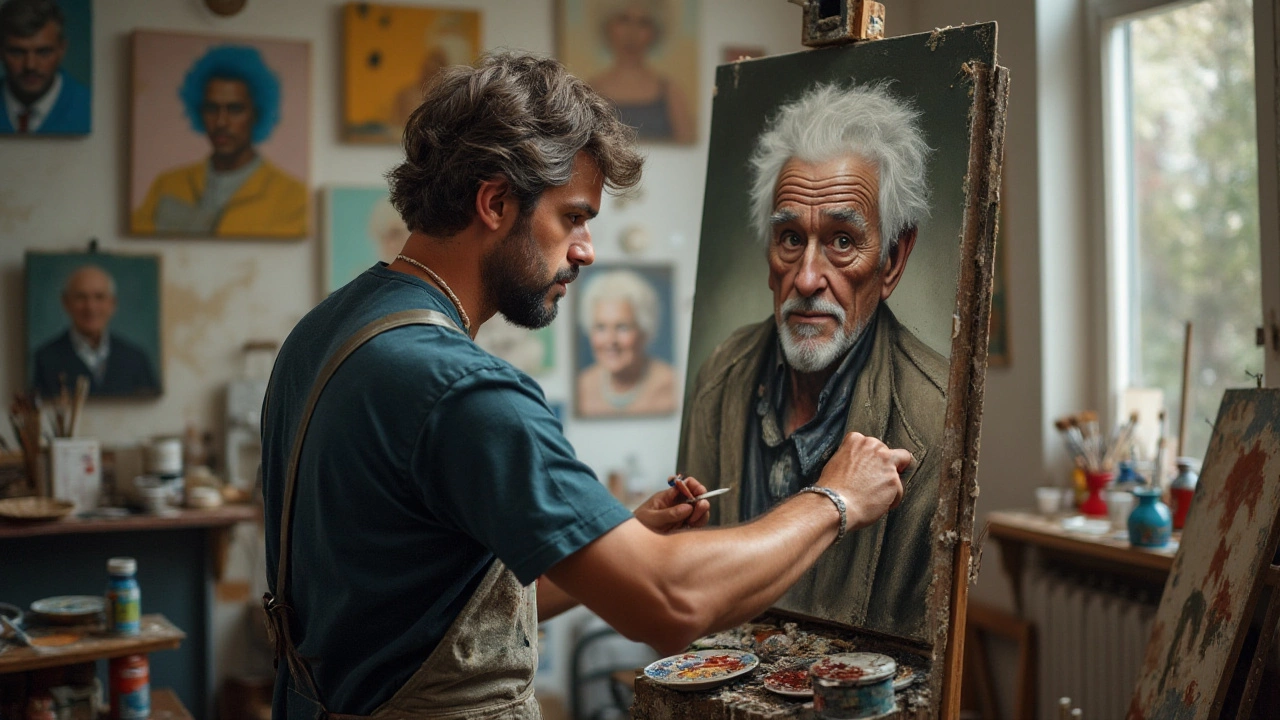
Exploring the factors influencing the cost of realistic portrait paintings, this article delves into artist expertise, material choices, and customizations. It helps readers understand the various price ranges and what to expect when commissioning a portrait. By breaking down the process and pricing elements, potential buyers can make informed decisions. Whether considering a gift or decorating a space, commissioning a portrait is both an investment in art and a personal journey.
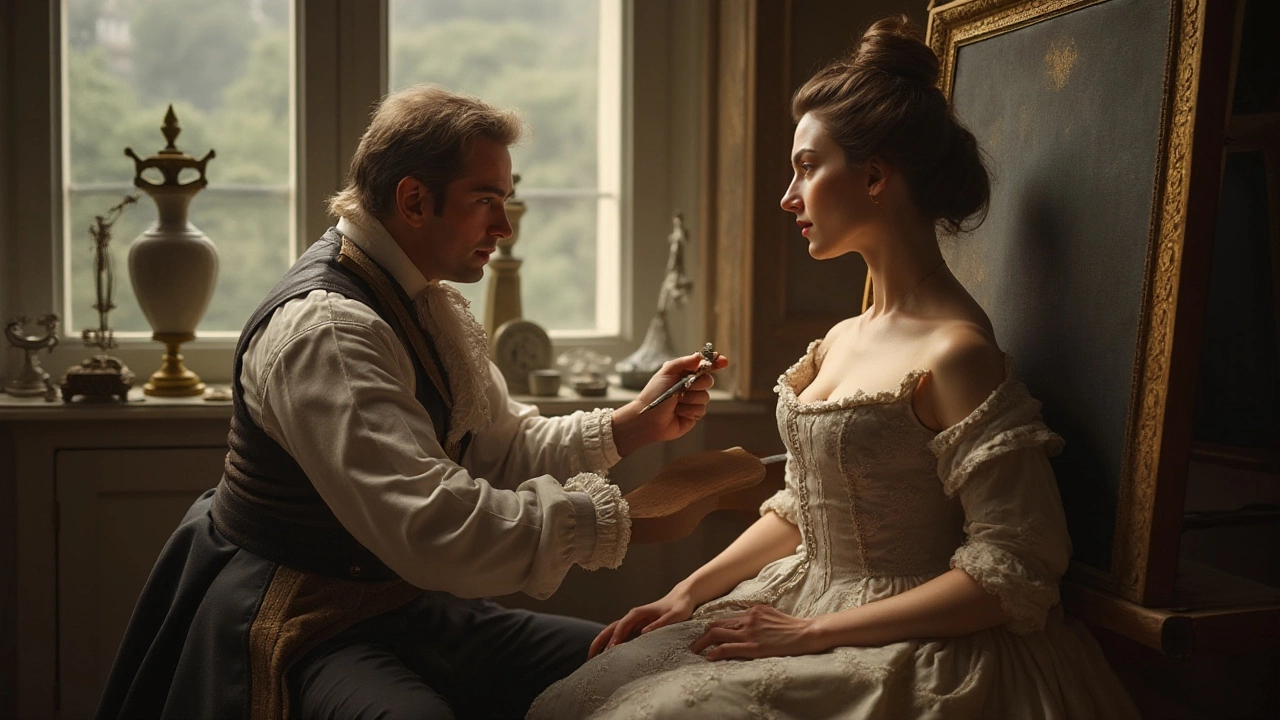
Capturing a flattering likeness in portrait paintings often involves subtle artistic techniques aimed at presenting subjects in the most complimentary way. By using tools such as lighting, clothing choices, and angles, artists create an image that enhances the subject's physical attributes. This article delves into the various methods artists have employed throughout history to help their subjects appear slimmer in portraits. These painting techniques not only aid in achieving the desired aesthetic but also in boosting the subject's confidence.
